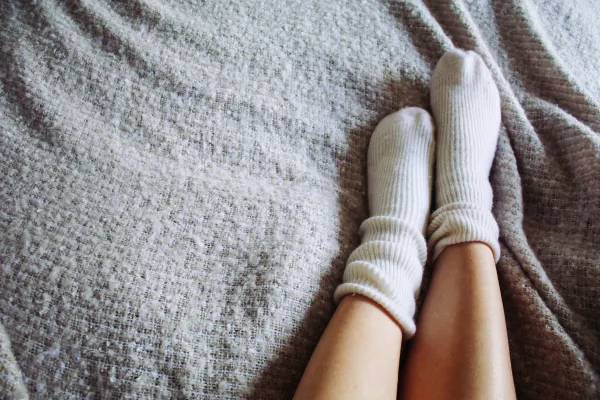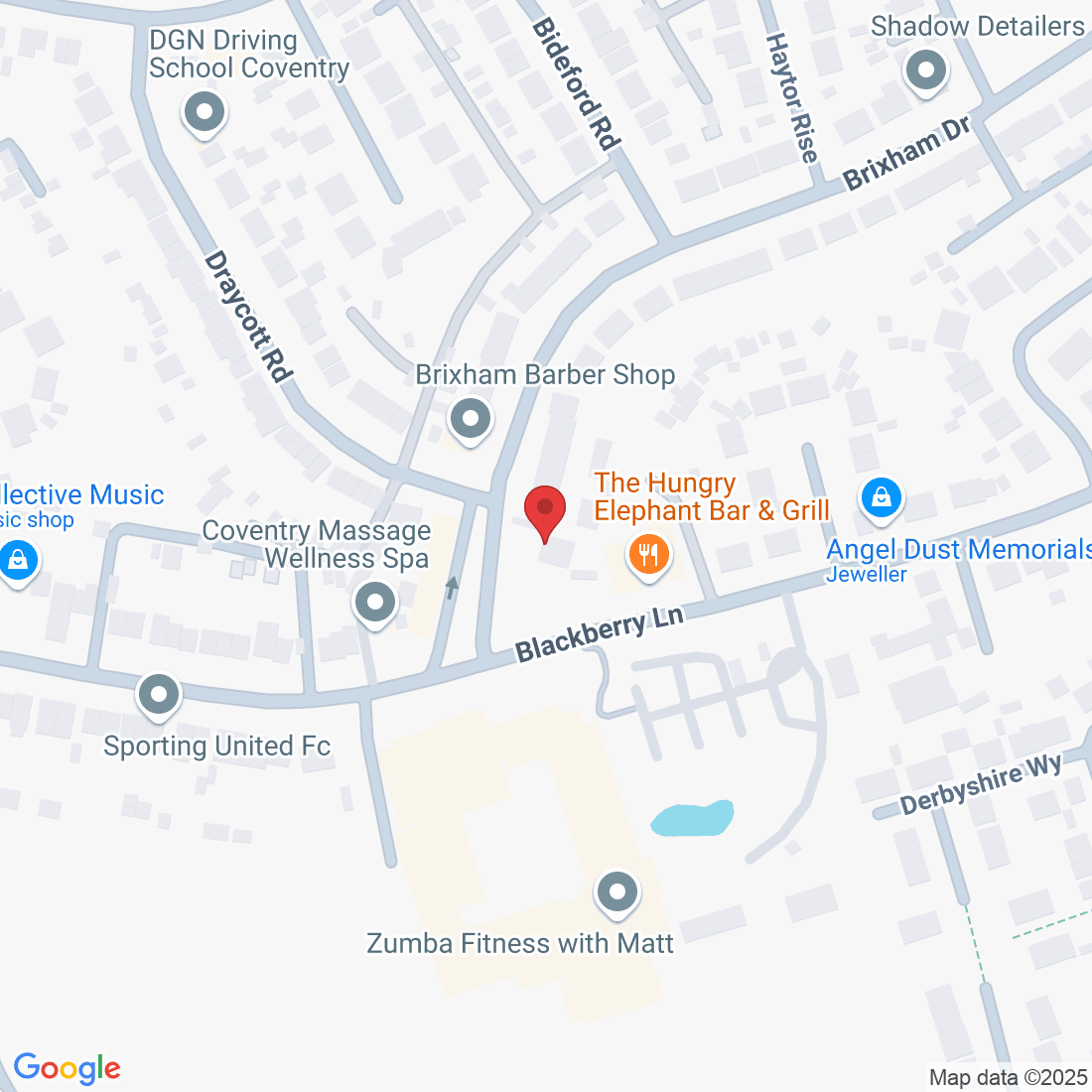
Is Your Foot Pain Worse in Cold Weather?
As the temperature drops, many people start to feel aches and pains that seem to come out of nowhere—especially in the feet.
If your foot pain feels worse in cold weather, you’re definitely not imagining it.
At our podiatry clinic, we see a noticeable rise in complaints during the winter months, from stiff joints and numb toes to flare-ups of existing foot conditions.
Let’s explore why this happens, which conditions are most affected, and what you can do to stay warm, comfortable, and pain-free through the colder months.
Why Does Foot Pain Get Worse When It’s Cold?
1. Poor Circulation
When it’s cold, your body naturally pulls blood away from your extremities (like hands and feet) to keep your core warm.
Less blood flow = stiffness, sensitivity, and slower healing.
2. Tight Muscles & Tendons
Cold temperatures make your muscles and soft tissues tense up, reducing flexibility and increasing the risk of injury or discomfort—especially in the arches, heels, or ankles.
3. Worsening of Chronic Conditions
Conditions like arthritis, plantar fasciitis, Raynaud’s syndrome, and nerve pain can all become more painful in the cold.
Inflammation can increase, and stiff joints may feel harder to move.
4. Cold Feet = Bad Posture
When your feet are cold or uncomfortable, you naturally adjust the way you walk or stand.
This can lead to compensations in your knees, hips, or back, adding to overall discomfort.
Common Foot Problems That Flare in Winter
Plantar fasciitis – arch or heel pain often feels worse on cold mornings
Arthritis – stiff joints, especially in the toes and ankles
Raynaud’s – numbness or colour changes in the toes
Bunions or hammertoes – tighter shoes in winter may aggravate these
Nerve pain (neuropathy) – burning or tingling sensations may increase
Chilblains – painful red or purple patches on the toes due to cold exposure
What You Can Do to Feel Better
1. Keep Your Feet Warm—but Breathable
Choose thermal socks made from moisture-wicking materials, not just thick cotton.
Avoid overly tight shoes that reduce circulation.
2. Stretch and Move Regularly
Simple foot and ankle stretches help improve blood flow and flexibility.
Even wiggling your toes while sitting can help!
3. Use Orthotics or Insoles
Custom orthotics can reduce strain on cold, tight muscles and support your arches in winter boots.
4. Stay Active (Safely)
A bit of movement throughout the day helps keep joints from getting stiff.
If it’s icy outside, try low-impact indoor activity like gentle foot strengthening exercises or a walk at your local gym.
5. See a Podiatrist
If your foot pain isn’t improving—or if it gets worse in cold months year after year—you may need more support.
We can assess your feet, check circulation, offer advice on winter footwear, and provide targeted treatments like:
Laser therapy for inflammation
Custom orthotics for joint support
Advice for managing chilblains or neuropathy
Treatment for winter flare-ups of plantar fasciitis or arthritis
The Takeaway
If the cold weather has your feet aching, throbbing, or going numb—you don’t have to just put up with it.
Our podiatry team at Coventry Foot Doctor is here to help you stay mobile, pain-free, and warm this winter.
Ask Abid And His Team
Fill in the form to request a Call From Our Team
One of our team will call you for FREE and answer any questions or concerns you may have about your uncomfortable Foot Pain
© Copyright 2022. Biomechanix Clinic Ltd. All rights reserved.





